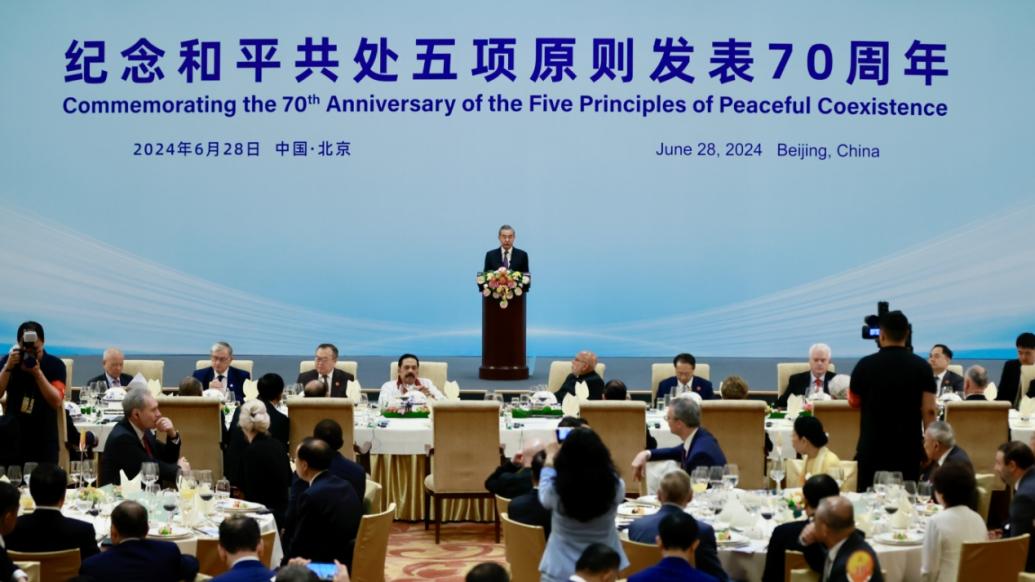
By Henry Hing Lee Chan
China’s Consumer-Centric Telecom Reform
In the last two years, Chinese telecom regulators have initiated a number of reforms that are market-oriented and consumer-friendly. The shift of regulatory philosophy from protecting the monopoly interests of state-owned telecom operators to the consumer-centric promotion of long-term market development sets a good model for reforms in other sectors dominated by state-owned enterprises (SOEs).
In the second half of 2014, the Chinese government announced the shift of the transaction tax in the telecom sector from the business tax to the VAT. The shift provided a long-term audit trail for business transactions and helped minimize agency issues perceived to be rampant in Chinese businesses. At the same time, the government also ordered the telecom operators to change their market promotion tactics, moving away from handset to tariff subsidies. The move facilitated the development of the low volume user market. The move also indirectly helped with the emergence of domestic high quality smartphones. The government also mandated the spinoff of tower assets from the three telecom operators. The move eliminated the first-mover advantage in 4G space enjoyed by China Mobile and allowed the two latecomers, China Telecom and China Unicom, to have better access to base station setup.
In the first half of 2015, Premier Li Keqiang openly called for accelerating the deployment of high-speed broadband networks to boost network speed and lower tariffs, and the telecom operators cut their average unit tariffs by 30 percent year-on-year and rolled out asymmetric pricing plans cutting mobile data cost, a move which further enhanced the transition of low-end consumers from 2G to 4G plans. In the second half of 2015, the three telecom operators started implementing mobile data carry-over policies for all mobile subscribers with monthly data plans. These data plan subscribers may now carry over their unused data allowance to the next month. This one-month data carry-over policy is very consumer friendly and is one of the most generous data plans around.
In the last quarter of 2016, Chinese telecom operators will eliminate all domestic mobile roaming and long-distance charges. All the consumer-centric telecom reforms will expand the sector and it is estimated that Chinese consumers will significantly expand their data consumption with more available content and lower data costs. Figure 1 shows China’s data consumption on the rise as compared to other Asia Pacific countries and regions.
Figure 1. Estimated Data Consumption of Selected Countries/Regions

Source: BofAML Global Research
The series of reforms in the Chinese telecom sector has produced tangible economic benefits. The sector underpins the ecommerce sector of the country and its success also underpins the Chinese telecommunication equipment and smartphone manufacturing industry. These three sectors are so-called general purpose technologies that underpin many other technologies and they are anchor industries in the forthcoming Fourth Industrial Revolution. The tangible benefits of consumer-centric telecom reforms demonstrate that the state sector is not necessarily ossified and moribund. Once they embrace market supremacy and consumer centrality into their operating philosophies, and eliminate the agency issues associated with state monopolies, SOEs can perform strongly and become a meaningful pillar of economic development.
























Leave a Reply
Your email address will not be published. Required fields are marked *